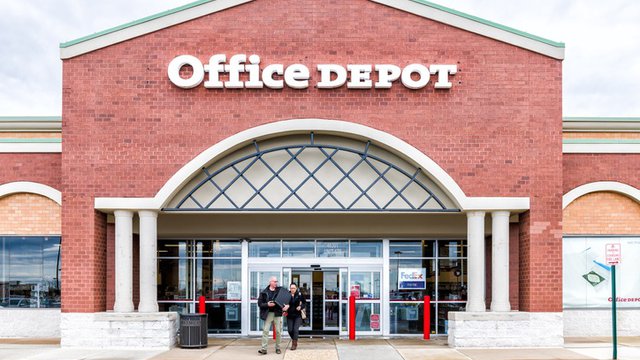
Robotic process automation is a powerful trend pervading virtually every industry today; in fact, due to its great ROI potential, it’s now poised to reach the overall market volume of $10.7 billion by 2027, growing at an annual rate of almost 34%.
In e-commerce, RPA has proven itself a highly disruptive force, advancing the automation of product management, customer interaction, data collection, anomaly detection, and customer qualification and segmentation.
The questions are what impacts will RPA have in the e-commerce world, both short and long-term, and how do retailers stay both relevant and up to date with this evolving technology?
Enhancing customer experience
Today’s consumers have unprecedentedly high expectations. Between great customer service, speed, and quality of product or service, businesses must now have streamlined operations to meet these ever-growing needs. Putting customers first matters now more than ever, as 91 percent of them will abandon a retailer for good following a poor customer service experience.
RPA integration is all about speed to market, information, interpretation, and implementation. It can help merchants cut down overhead costs, pull reports, generate trends, instantly flag any issues, give insights into real-time population, and overall, offer better product management. There are various notorious issues in the e-commerce field that can be rather laborious just for their sheer size. For example, a third party implementing a variation that doesn’t correspond to the brand offering can result in poor customer experience, but if the company were to use RPA, they would instead be able to quickly identify the issue, emit information to the e-commerce platform, and identify the necessary steps to get it back on track for seamless customer experience.
Today, the average shopper is providing e-commerce websites with far more data than ever before. This can include the time they spend on the page, the number of images they click, how far down the page they scroll, whether they played the on-page video, how many reviews they read, and even where exactly they were hovering their mouse. Any online activity a consumer does can be processed and analyzed by RPA to make everything faster, pull up trends, react to them better, find new solutions, and carry out an action — all without any human interaction needed. In turn, this information can also be used to fortify precise targeting efforts and use personalized messaging for growing e-commerce success.
Driving human talent and eliminating error
RPA gives businesses the opportunity to make the best of human talent. Sometimes there are tasks that aren’t necessarily growth drivers and are simply more a question of maintenance of administrative tasks. These repetitive, tedious tasks can now be automated so that your human employees can focus on more complex processes, their main job tasks, and growth opportunities.
RPA can also help eliminate human error. Populating, logins, copy/pastes, sequencing, clicking — all of these processes make it likely for an error to appear. Even after it happens, the actual error detection is extremely hard and all too often, missed completely. Luckily, RPA is also made useful as a preventative tool, ensuring that human errors don’t get the chance to occur in the first place.
That said, human employees shouldn’t fear that their jobs will be taken over by RPA software. RPA doesn’t put the business on auto-pilot, but instead requires both hands on the wheel to steer the business at a faster and better course.
Most RPA-related challenges stem from the fact that while automation can resolve 99% of a company’s problems, there’s still that crucial one percent left. For example, when a customer makes specific inquiries about a product (what is the diameter? what’s the size? what’s the application? can I use it with this switch?), the RPA may not be able to solve every type of question; these types of questions are why human interaction remains important, especially in unpredictable or non-structured situations.
Building a foundation for the future
While the potential of RPA in e-commerce is colossal, it still hasn’t been fully reaped by the industry yet. Even e-commerce giants like Amazon use RPA mostly as a reaction to things such as pricing — but there are still many manual processes that can certainly benefit from the use of an RPA.
Now we are moving to a stage where the capabilities of RPA are so powerful that the innovation will be a differentiator of success for e-commerce businesses. The gap between those who choose to leverage the technology now and those who don’t will grow even larger in the coming years.
To get started, merchants should start small — it would do you well to keep the KISS philosophy in mind. Even if your RPA cuts five seconds off a monotonous repeatable task, it’s worth pursuing. Every automation should be straightforward and transparent, and then built upon from there.
So start simple, implement small changes, learn from them, recreate them for bigger processes, and start the cycle over once again to continue improving efficiency. This allows for sustainable and scalable automation that is deployed reasonably, with the business’ values at its center.
Rohan Thambrahalli is founder and president at UpstartWorks.
Founder and President of UpstartWorks, Rohan Thambrahalli has made it his goal to develop a culture that embodies the builder who delivers best-in-class value to customers and partners. UpstartWorks is Rohan’s greatest personal and professional achievement, it was his vision from the beginning to start a company that could provide vendors the reach, technology, scale, and capabilities to compete with the best brands in the world.

